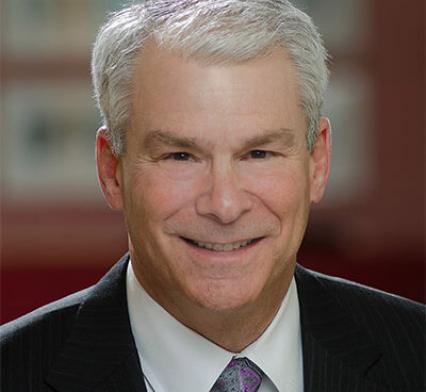Business Planning In A Time Of Uncertainty
At a time of unprecedented uncertainty, what does business planning look like? How do you budget when you don’t know whether the recovery curve will look like a U or a V or a W? How do you find out what’s really going on with your customers and in your market, rather than relying solely on received wisdom?
Now is a time to be doing more than simply customer satisfaction and net promoter score surveys. We need a deeper understanding of what’s happening with our customers if our own companies are to survive. How strong is their supply chain? How solid is their financing? What percentage of employees have they been able to keep? What’s their plan for getting through? If there were ever a time to pick up the phone and call your customers, this is it.
We also need timely, on-the-ground data. My team and I turn more than ever to the Metro Denver EDC’s Monthly Economic Indicators report and economic forecasts. We’re a Colorado company, and most of our customers are located along the Front Range. While national surveys and reports are useful, there’s no substitute for what sailors call “local knowledge” – and the reports from the EDC’s economist, Patty Silverstein, and her company Development Research Partners, are indispensable. I encourage you to go past the snapshot and really dig in to the detail.
In addition to customer insights and good data, you need imagination. Remember Donald Rumsfeld talking about “known knowns, known unknowns, and unknown unknowns” when we invaded Iraq after 9/11? Those words became a punchline, but they describe exactly how intelligence analysts think when they’re looking at a constantly shifting geopolitical map and trying to prepare for what’s next. As business leaders, we need to think that way too. And the only way to minimize the number of “unknown unknowns” is to use your imagination – and, frankly, scare yourself. My chief risk officer is working overtime with my staff, recalculating risk scenarios and identifying new ones. Our board’s risk and audit committee has occasionally rolled its eyes at the lengthy list of risk scenarios we’ve calculated. But I’m glad to say that, four years ago, we started thinking about the potential impact of a pandemic on our business. That’s not to say we gamed out the whole thing and are sitting pretty. But we’d already thought about the pressure points we’d face and how we’d likely have to respond.
Finally, you need to be ready to pivot. Management consultants and corporate philosophers have made the terms “agile” and “nimble” fashionable over the last decade or so. Now, those words have taken on new resonance and grave import. Business as usual simply isn’t an option right now. And wise leaders won’t just hang on and pray for things to get back to the status quo. Because they won’t. If you’re not thinking about how to adapt and reshape your business over the course of the coming months, you probably won’t be here at the end of that time. Or at least not in the shape you want to be in.
